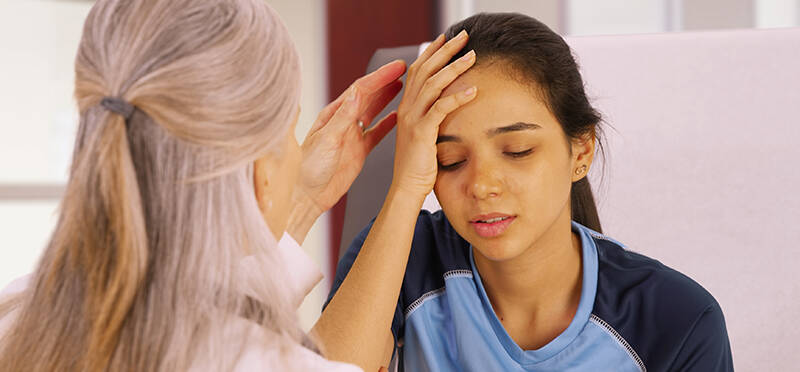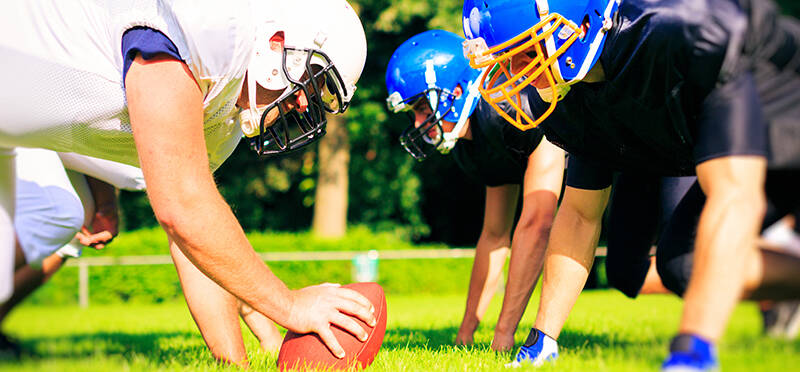Concussion Return to Learn
Posted on December 9, 2024 by Peter Batz, PT, DPT, OCS, CMTPT, AIB-VRC
Concussions are very common in sports, with an estimated 14.3% of high school athletes reporting to have sustained at least...
(more…)











